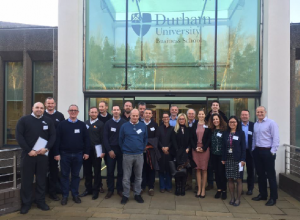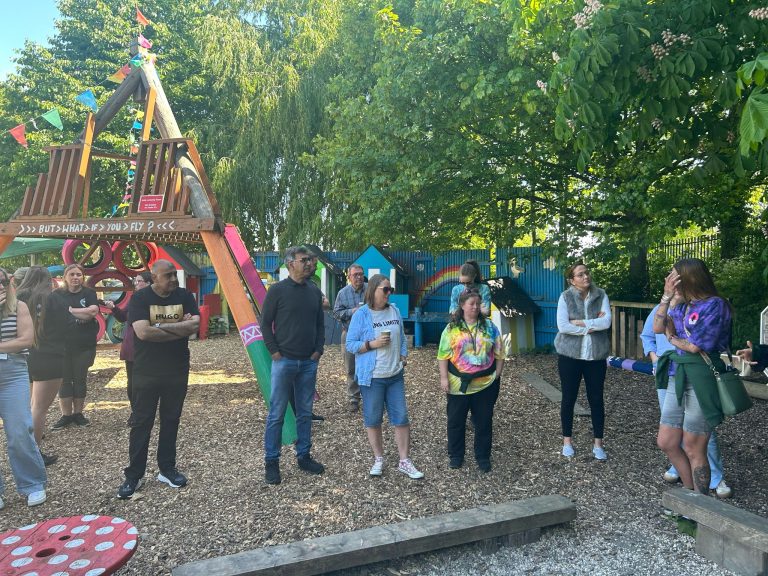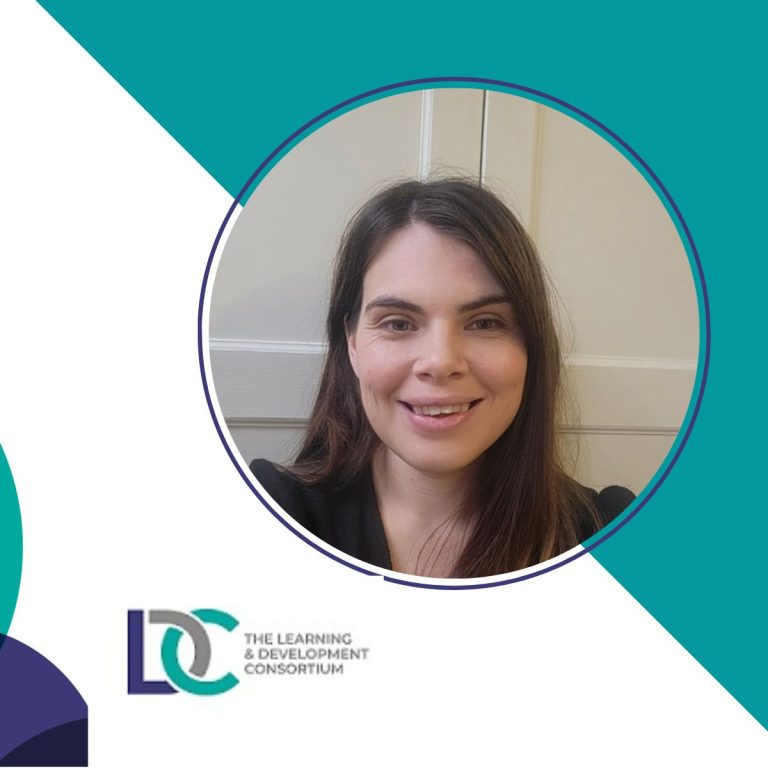We recently held our 1-day workshop on the latest leadership thinking, organised by the Learning and Development Consortium in collaboration with the International Centre of Leadership and Follower-ship (ICLF) of Durham University Business School. Please find a short summary with the key contents from each of our talks below.
About ICLF
The ICLF aims to build knowledge in the area of leadership and follower-ship and disseminate it to practitioners. Recognising that leadership doesn’t happen in an empty space, our research incorporates thinking around how it’s shaped not only by leaders’ traits, behaviours and styles but also by the characteristics of followers. Our faculty conducts research on a series of cutting-edge topics such as social cognition, positive and authentic leadership, destructive and narcissistic leadership, creative leadership, relational leadership and leader/follower identity dynamics. For more information about our faculty and research please visit the centre website:
Authentic Leadership. Or: Can they see the real you?
Dr Susanne Braun
Authentic leadership is about more than just being yourself, it is about using ones’ deep personal values and convictions to build the credibility and respect that earns the trust of followers.
The development of this trust holds many positive benefits for organisations including increased commitment and extra effort from followers. It also improves team effectiveness with increased commitment and focus on performance in teams.
How to improve your authentic leadership?
1) Transparency of feelings and emotions
2) Decision making that aligns with one’s personal beliefs
3) Fair and balanced processing that accounts and considers all involved parties’ perspectives
4) Self-awareness-willingness to learn and evolve and gain feedback from others.
Repeating these actions over time so that it becomes predictable to followers is essential to building long-lasting trust with your followers.
By displaying authentic leadership at work, our research has shown this to boost enrichment between demands from work and home. And when using authentic leadership, leaders can be in a better position to help any colleagues who are struggling with work-life conflicts.
Organisational context is also a key aspect as negative ethical climate appears to reduce the opportunities to display authentic leadership. Leaders’ personal resources (optimism, self-efficacy, self-esteem) can also be a pivotal part in this as they counteract negative influences from the context.
Compelling Leadership Contexts-Ethical Leadership
Dr Les Graham
How people feel they are treated by their organisation is one of the key determinants of motivation and attitudes in the workplace and will therefore have a significant impact on the service delivery and well-being of the organisation.
Ethical leadership can involve…
1) Being a role model for ethical behaviour and making it a relevant topic for followers
2) Treating everyone fairly and with dignity
3) Actively managing a moral organisational climate at work
4) Concern for others and approach-ability help with this
The benefits of reducing unethical behaviour are great. It includes reducing counterproductive work behaviour as well as increasing the innovative activities in followers that go beyond their role requirements. Job satisfaction also increases whilst burnout decreases.
Processes for enacting ethical leadership
1) Social learning process – acting as role models for ethical behaviour that teaches followers that ethical behaviour gets rewarded and sanctioned. This increases the likelihood of imitation.
2) Social exchange process – By behaving ethically to followers, the principle of reciprocity is likely to occur where followers feel obligated to behave positively if they have been treated well.
3) Social identity development – when followers develop a strong emotional attachment to their organisation they are likely to have pride for the organisation which in turn boosts productivity and motivation.
Leaders who act fairly towards followers encourage interdependent self-identities in followers to develop. Those who act unfairly, encourage independent self-identities to become more prominent as the follower feels they must act to protect their own self-interest in the unfair environment of the workplace.
Interdependent identities will create the trust and cooperation desired.
Meanwhile individualistic identities tend to create selfish, me-first attitudes that reduces teamwork.
The Dark Side of Leadership
Professor Birgit Schyns
Leadership in the workplace is about positively influencing followers to become more productive. However, there is a dark-side that can be exhibited by people in positions of authority and power that leads to destructive behaviour within organisations over a long-period that is perceived as hostile by followers.
The cost of this destructive leadership is astronomical. In the US market, $23.8 billion is cost from employee turnover and reduced effectiveness because of destructive behaviour. Meanwhile social costs of harming followers’ confidence and motivation for the future are also high.
The Dark Triad
1) Psychopathy
2) Machiavellian-ism
3) Narcissism
These leaders fail in the long run because they cannot build any meaningful trust relationships with other members in the organisation.
Often, when questioned or criticised, their self-esteem fragility is exposed and they react aggressively out of fear. Another tell-tale sign of narcissistic leaders in organisation is their difficulty in understanding other people’s emotions and feelings. They are unable to feel concern for others as their thoughts always centre on themselves.
The key is not to allow them to be given the opportunity to lead in the first place, and this requires identifying this and rejecting them at the interview stage.
Combating the Dark Triad
4) Hold people accountable for their actions and ensure there is a high standard for how others are to be treated.
5) Transparency that prevents their behaviour going unnoticed by other members.
6) A strong ethical and supportive group climate.
7) Preventing organisational politics that provides the self-interest environment that narcissist thrives on.
Leadership and Creativity
Dr Qin Zhou
Creativity is a process that works towards making new innovations and problem-solving in the workplace.
The positive benefits of this can range from new products being designed, cost-saving capabilities emerging and improved customer loyalty.
How to encourage creativity in the organisation?
Encouraging members to seek new experiences, challenges and environments.
Some members are naturally more creative than others. However, creativity is often domain specific with individuals being more creative in one area and less in others, which indicates that everyone in the organisation can creatively contribute in some way.
The creative process
1) Task Presentation -(IM)
2) Preparation -(S)
3) Idea Generation -(IM)+(SCT)
4) Idea Validation -(S)
5) Outcome Assessment
It is the intrinsic motivation (IM), Skills in the task domain (S) and Skills in creative thinking (SCT) that determine whether everyone is as effective as possible in this creative process.
The organisation can impact all three of these determinants. They can positively develop these through articulating a vision to which the employee’s self-concept and desired-self is clearly and directly linked. By creating a sense of responsibility and meaningfulness and work engagement they are more likely to get followers engaged in the creative process.
Furthermore, a safe climate in which followers feel comfortable and free to express new ideas and thoughts is essential for encouraging innovation and creativity.
Creative Leadership in Multiple Contexts
Professor Olga Epitropaki
Implicit leadership theories represent what we think prototypical leadership is like.
Business is no longer solely about improving efficiency and operations. The world is becoming increasingly complex and is changing more rapidly each year.
Thus, organisations must learn how to adapt quickly and respond to market changes.
How can we see something new?
Ambidextrous leadership that incorporates…
1) Exploration of new possibilities-long-term adaptive flexibility
2) Exploitation of old certainties-e.g., economies of scale, leveraging and competence.
Often, innovation is incremental, so failure and learning from mistakes represents a natural part of the exploration process. At the same time, combining this with what we have learned from the past by exploiting known certainties represents an effective approach to ensuring adaptability.
Often, there are paradoxes in the adaptation process. These paradoxes are contradictory but at the same time are related such as being asked to reduce labour costs whilst at the same time being expected to increase development and training of employees.
Paradoxes occur at three levels (1) Organisational (2) Leadership Roles (3) Individual members
Many examples abound at the individual level such as the paradox of competing vs. collaborating with colleagues, and being asked to perform tasks which you have not had full training on.
Paradoxes are harmful when they conflict and both aspects of the paradox are not addressed.
Creative Leadership can help to effectively manage paradoxes
1) Facilitating employee creativity
2) Integrating creativity=a collaborative effort between leader and members
3) Directing creativity=materialising one’s own creative vision e.g. Steve Jobs and Apple
Leaders can enact any of these three strategies into their organisation, fitting their method to the context of their organisation.





